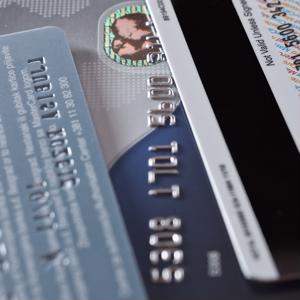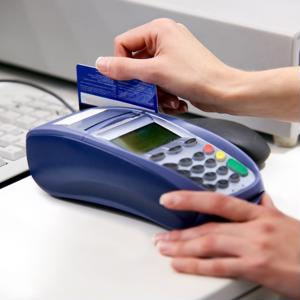What do B2B ecommerce companies need to do to take advantage of industry's growth?

B2B ecommerce is a lucrative industry that's only growing bigger. Already valued at over $1 trillion, analysts estimate that B2B ecommerce sales will be worth over $6.7 trillion in just the next five years. On its own, this staggering rate of growth is great news for any B2B merchant. But as a new report issued by Forrester Research notes, many of these operations are still in their early days and need to continue building their B2B ecommerce platform in order to best take advantage of this rising value trend.
The Forrester report, titled "Build A World-Class B2B eCommerce Business: The B2B eCommerce Playbook," notes that many merchants have not yet accomplished all they can in "effectively targeting B2B buyers online, developing an industrial-strength B2B e-commerce infrastructure and … more








